- | 8:00 am
This ancient AC system will cool your house without electricity
Inspired by Paelestinian jarrah, the Nave Air Conditioning system is a wall made of terra-cotta that uses water and natural evaporation to cool down a room.
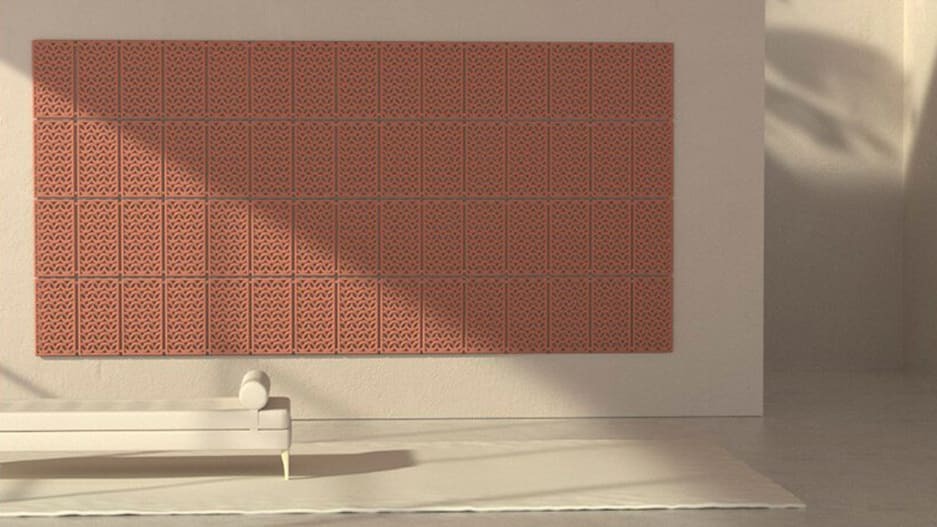
The Nave Air Conditioning system is a wall that can cool a room without drawing any power whatsoever. Its design that arose from the mind of Yael Issacharov, an Israeli designer who thought there had to be a better way to cool down a home than blasting an AC unit and getting a helluva utilities bill.
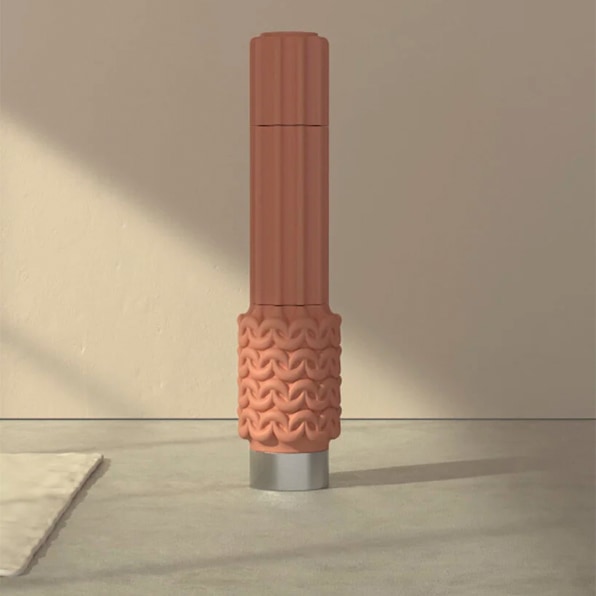
Issacharov found inspiration in the Palestinian “‘jarrah”’, a traditional drinking water container made of terra-cotta that is hung in a room to cool both the water and the living space itself. The clay in these containers, which can be traced all the way back to the neolithic and Bronze Age across all the Mediterranean, is full of small pores. The water filters out of those pores very slowly, evaporating using the heat in the water. That heat gets transferred to the air and that makes the water progressively cooler, similarly to how your body sweats. When the atmosphere is dry and the temperature is high, this process is very efficient, lowering the temperature of the water several degrees—which is why it is traditionally used by many cultures to store drinking water during the hot summer months.
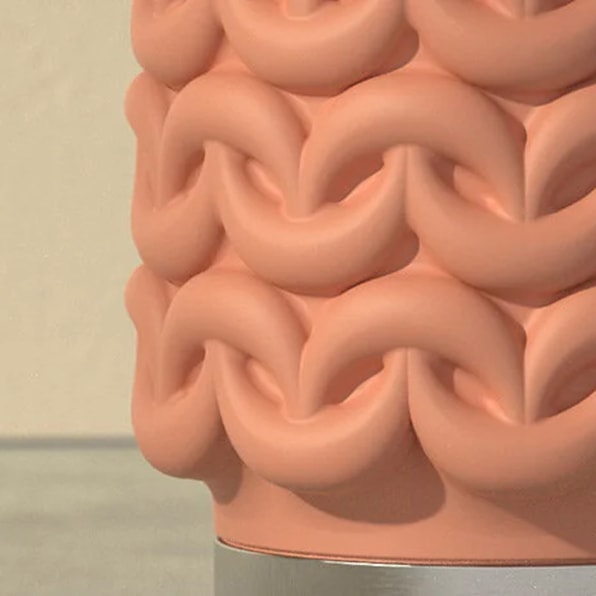
She thought that there had to be a solution that could use this same cooling phenomenon, but integrated more seamlessly within the building itself. “I wanted to make the walls active and beneficial to the space,” Issacharov says. That’s when she got her second inspiration: the work of architect Hassan Fathy, who brought back traditional building methods using adobe and mud to modern Egyptian architecture. Through centuries of experience, traditional cultures developed methods that resulted in energy efficient construction techniques to provide thermal comfort in all regions across the globe, all built with locally available materials in a sustainable way. Fathy proposed using these techniques rather than modern Western methods and materials—which result in needless waste and energy consumption.
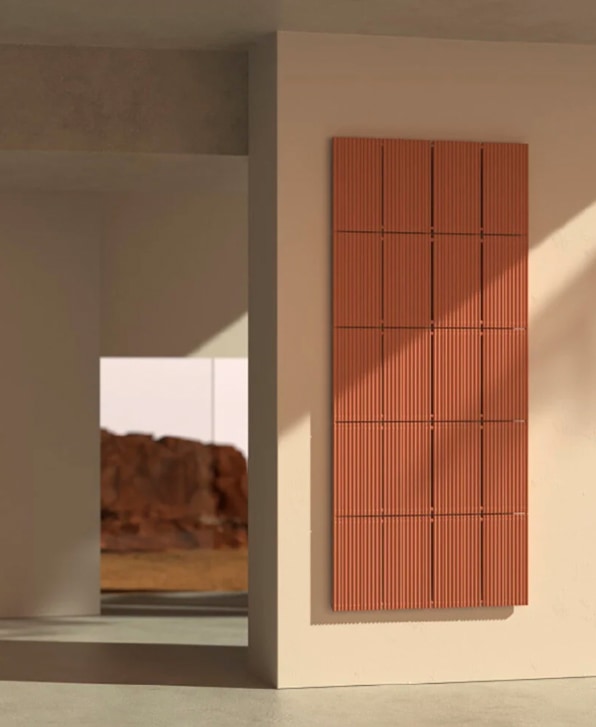
With that in mind, Issacharov thought that an ideal solution to cool down a home was to turn the jara into active walls. Her Nave AC system is very simple. Its building block is a terra-cotta tile made of hollow tubes, which resemble a piece of woven chain mail or fabric under a microscope. The intricate design is filled with water, and the water gets cooled as it slowly evaporates. During this process, the wall itself gets cooler as well, thus lowering the temperature of the room. According to Issacharov, with enough tiles, you “can get any size of space to ‘Thermal Comfort’ . . . …approximately 77F and 30-50% humidity.”

SCALABLE AND LOCALLY RESOURCED
Of course, the system needs to be scaled for larger rooms. Since the system is modular, you can assemble as many tiles as you want to create the surface you need. “Since it is a site-specific system, the quantity and size of tiles will depend on the location and size of the space,” Issacharov says. “We have developed a formula that calculates all aspects of cooling the space using the system.”
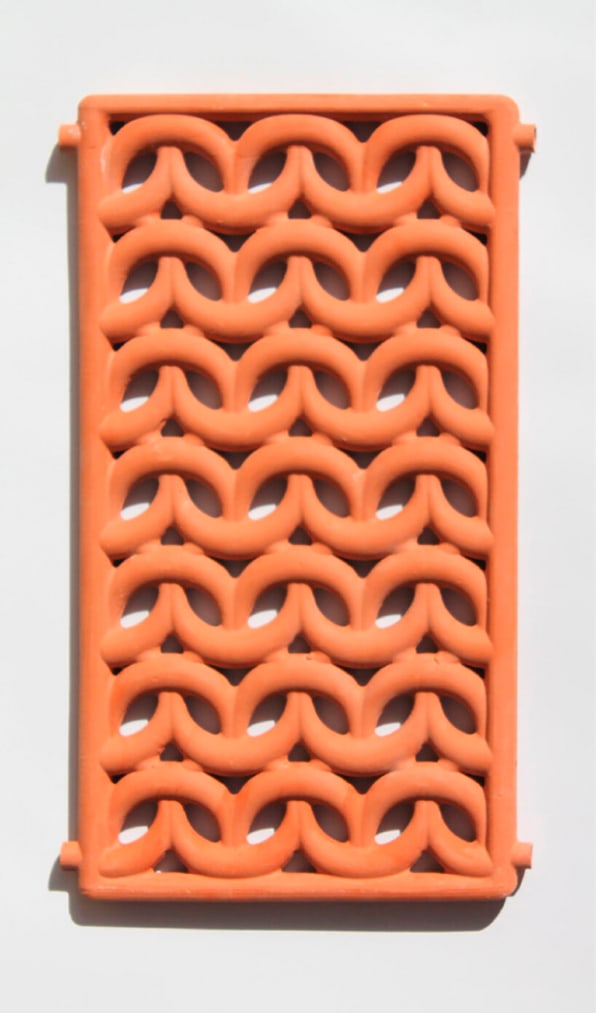
[Rendering: Francesco m. Lucini/courtesy Yael Issacharov]
Issacharov—who graduated in industrial design at the Holon Institute of Technology and is now living in Barcelona, Spain—believes that the Nave could be a perfect solution for towns in any desertic areas, from Texas to Iran. “It performs the best in the desert’s climate,” she says, where the air is typically dry to drive evaporation.
The Nave price will depend on the size and the region, too. It will be more expensive to install than a regular AC unit, she points out, but the additional cost will be quickly offset by the electricity savings. She also believes that this will also bring benefits to local economies and the environment: “The traditional building methods are more sustainable because they have to use what they have at hand and nothing more. We have the privilege to regulate these principles using technology that exists now.”
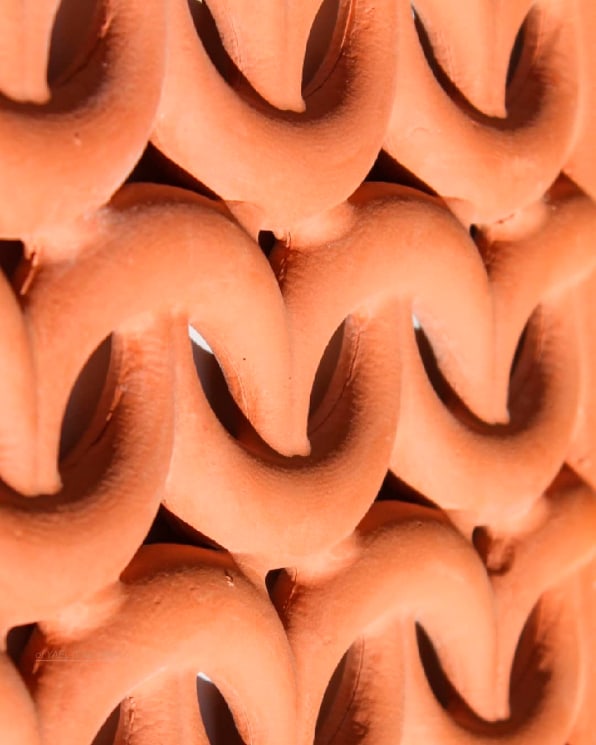
Unfortunately, Issacharov says that, so far, nobody has expressed interest in funding Nave, but she is certainly open to inquiries. Right now, she’s busy developing Nave, so that it’s ready for wider, practical adoption.
“We have an installation method planned for each type of system,” says Issacharov, “and we have planned it to be similar to existing methods in the construction world.”








































